Authentic Thai
Pad See Ew
Pad See Ew, which means "stir-fried soy sauce noodles" in Thai, is a mouthwatering street food that has won the hearts of food lovers across the globe. This irresistible dish combines chewy wide rice noodles, succulent protein, and crisp Chinese broccoli, all bathed in a flavorful savory-sweet sauce that will leave you craving more. While it might seem challenging to replicate this restaurant staple at home, with the proper ingredients and methods, you'll be mastering Pad See Ew in your kitchen before you know it.
Chef's Notes
- Pad See Ew is a beloved Thai street food featuring wide rice noodles, protein, and Chinese broccoli.
- The dish's unique flavor comes from a savory-sweet sauce and perfectly caramelized noodles.
- With the right ingredients and technique, you can easily create this restaurant favorite in your kitchen.
The History and Origins
The origins of Pad See Ew can be traced to the Chinese immigrants, particularly those from the Teochew region of Guangdong, who made Thailand their home in the early 20th century. This culinary fusion resulted in a dish that perfectly blends Thai and Chinese flavors. Incorporating ingredients like Chinese broccoli, oyster sauce, and soy sauce is a testament to this cultural melding.
It's worth noting that Pad See Ew shares common ground with other Southeast Asian dishes, such as Char Kway Teow, which is a favorite in Singapore and Malaysia. These dishes feature the same type of flat rice noodles, highlighting the interconnected nature of Southeast Asian cuisines.
Essential Ingredients
To create an authentic Pad See Ew experience in your kitchen, you'll need to gather these key ingredients:
- Fresh wide rice noodles (sen yai)
- Protein of your choice (chicken, pork, beef, or tofu)
- Chinese broccoli (gai lan)
- Garlic
- Eggs
- Dark soy sauce
- Light soy sauce
- Oyster sauce
- Fish sauce
- Sugar
- Vegetable oil
The cornerstone of this dish is undoubtedly the fresh wide rice noodles. These silky yet chewy noodles give Pad See Ew its characteristic texture and mouthfeel. If fresh noodles are unavailable, dried wide rice noodles can be used as an alternative, though the end result may differ slightly.
Chinese broccoli, or gai lan, contributes a delightful crunch and subtle bitterness that perfectly balances the dish's flavors. If gai lan is hard to find, broccolini makes a suitable substitute. It's best to avoid regular broccoli or bok choy, as they lack the unique texture and flavor profile that Chinese broccoli brings to the dish.
The Perfect Sauce
The sauce is the magical element that ties all the components of Pad See Ew together. It's a delightful blend of savory, sweet, and umami flavors. Here's a simple yet authentic sauce recipe that captures the essence of Pad See Ew:
- 2 tablespoons dark soy sauce
- 1 tablespoon light soy sauce
- 1 tablespoon oyster sauce
- 1 teaspoon fish sauce
- 1 teaspoon sugar
Combine all these ingredients before you begin cooking. This ensures that the flavors are well integrated and streamlines the stir-frying process.
Cooking Technique
The secret to achieving restaurant-quality Pad See Ew lies in the cooking technique. Follow this step-by-step guide to master this delicious dish:
1. Prepare all ingredients before you start cooking. This includes slicing your protein, mincing the garlic, chopping the Chinese broccoli, and beating the eggs.
2. If using dried noodles, soak them in hot water until they're pliable but still slightly firm to the touch.
3. Heat your wok or large skillet over high heat. Add oil and quickly stir-fry the garlic until it becomes fragrant.
4. Add your chosen protein and cook until it's nearly done.
5. Push the protein to one side of the wok and add beaten eggs to the other. Scramble the eggs quickly.
6. Add the Chinese broccoli stems and stir-fry for a minute before adding the leafy parts.
7. Now for the crucial step - add the noodles and sauce. Toss everything together swiftly, allowing the noodles to caramelize slightly.
8. Serve immediately, garnished with a sprinkle of white pepper and optional chili vinegar.
The key to achieving that coveted wok hei or "breath of the wok" flavor is cooking over high heat and working quickly. This technique caramelizes the noodles and creates those delicious charred bits that make Pad See Ew so irresistible.
Customizing Your Pad See Ew
One of the joys of Pad See Ew is its adaptability. While chicken is a popular choice, you can easily substitute it with beef, pork, shrimp, or tofu. For a vegetarian version, simply omit the fish sauce and use a vegetarian oyster sauce alternative.
If you enjoy spicy food, consider adding some Thai bird's eye chilies or serving with Nam Prik Pao (Thai chili jam) on the side. Some people like to add a squeeze of lime for brightness, while others prefer a sprinkle of white pepper for a touch of warmth.
Nutrition Facts
Here's an approximate breakdown of the nutritional content for one serving of Pad See Ew:
Nutrient amount per serving
-
- Calories: 450
- Protein: 20g
- Fat: 15g
- Carbs: 60g
- Fiber: 3g
- Sugar: 5g
Keep in mind that these values may vary depending on specific ingredients and portion sizes.
Tips for Perfect Pad See Ew
To elevate your Pad See Ew game, keep these tips in mind:
- Opt for fresh noodles when possible. They offer a superior texture and are less likely to break during cooking.
- Be careful not to overcook the noodles. They should retain a slight chew when added to the wok.
- Cook quickly over high heat to achieve that desirable caramelization.
- Avoid overcrowding the pan. If necessary, cook in batches to ensure each portion gets properly caramelized.
- Serve immediately. Pad See Ew is best enjoyed fresh off the wok when the noodles are still hot and chewy.
With practice and patience, you'll soon be creating Pad See Ew that rivals your favorite Thai restaurant. This comforting dish is ideal for busy weeknights or when you're yearning for a taste of Thailand. So, heat that wok and prepare to delight your taste buds!
FAQs
Can I make Pad See Ew ahead of time?
Pad See Ew is at its best when served fresh. The noodles tend to become firm when cooled and reheated, losing their signature chewy texture. If you must prepare in advance, consider cooking all components separately and combining them just before serving.
What's the difference between Pad See Ew and Pad Thai?
While both are popular Thai noodle dishes, Pad See Ew uses wider rice noodles and has a darker, more savory flavor profile. In contrast, Pad Thai uses thinner rice noodles and has a tangy, slightly sweet taste with peanuts as a key ingredient.
Can I use a regular skillet instead of a wok?
Yes, a large skillet can work in a pinch, but a wok is ideal for achieving the high heat and quick tossing needed for perfect caramelization. If using a skillet, you may need to cook in smaller batches to prevent overcrowding and ensure even cooking.








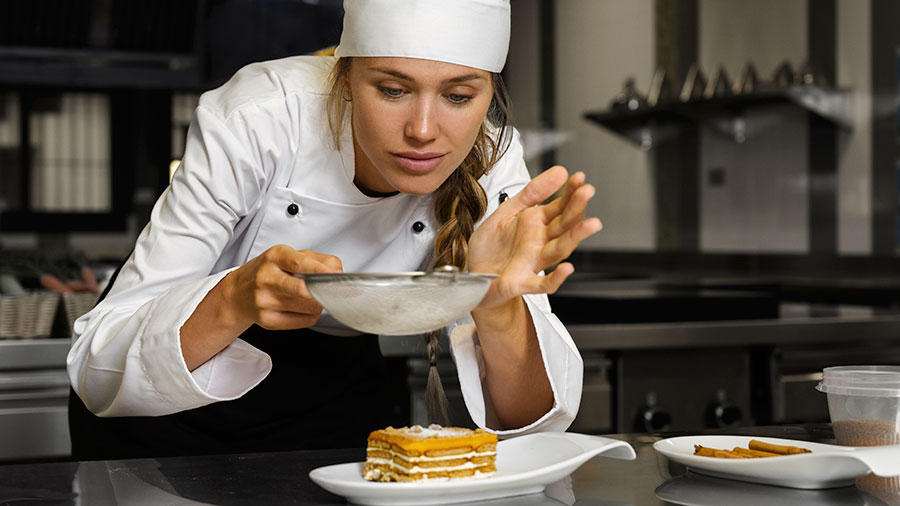
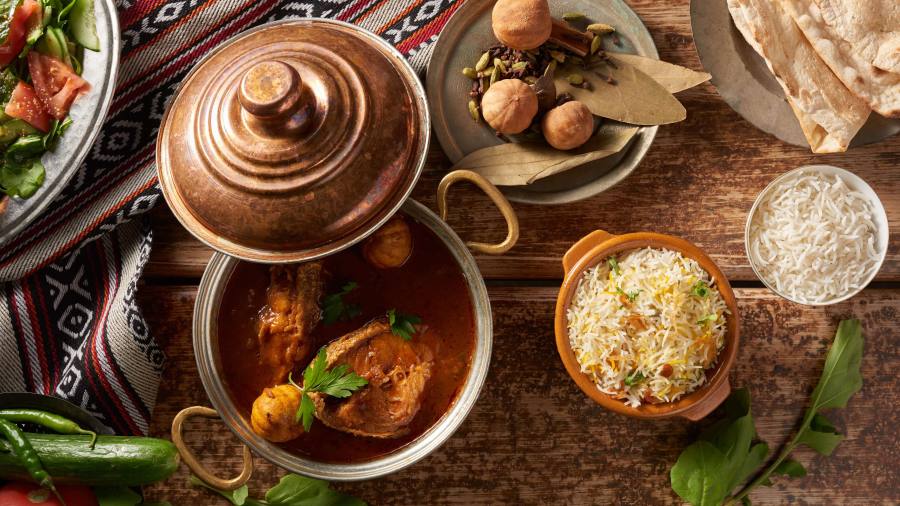

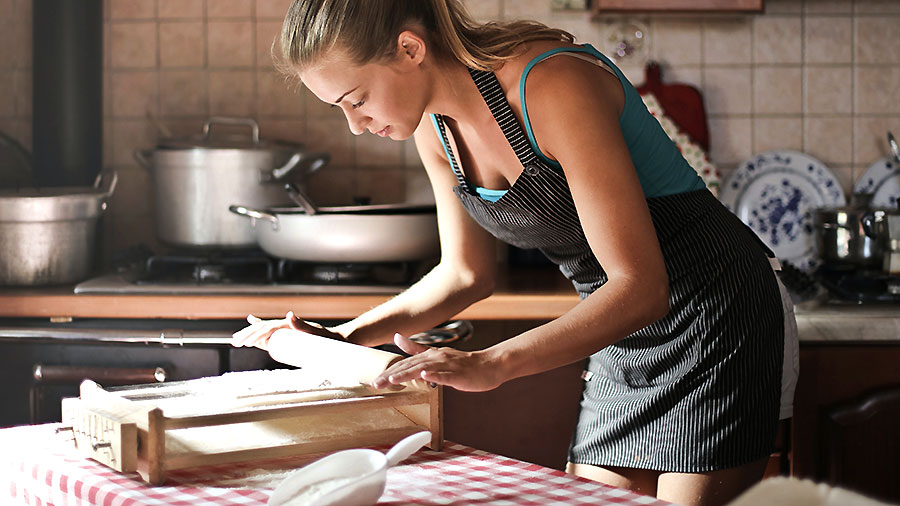
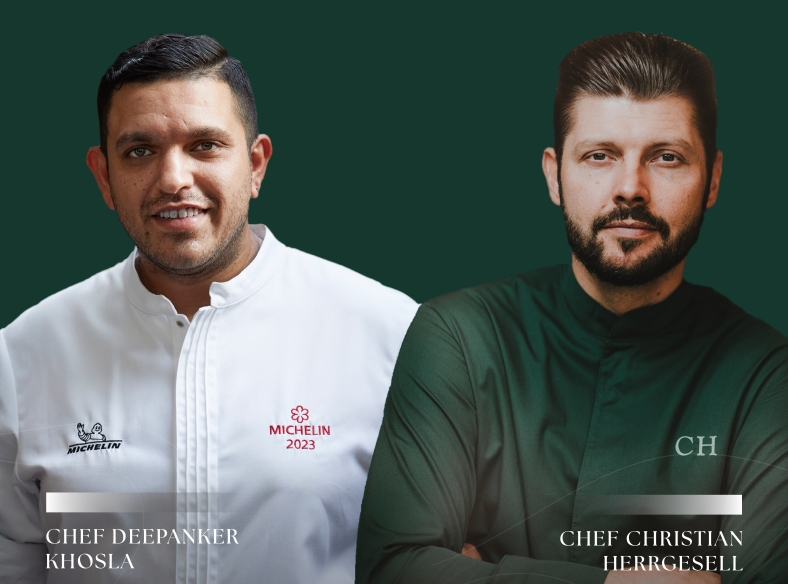

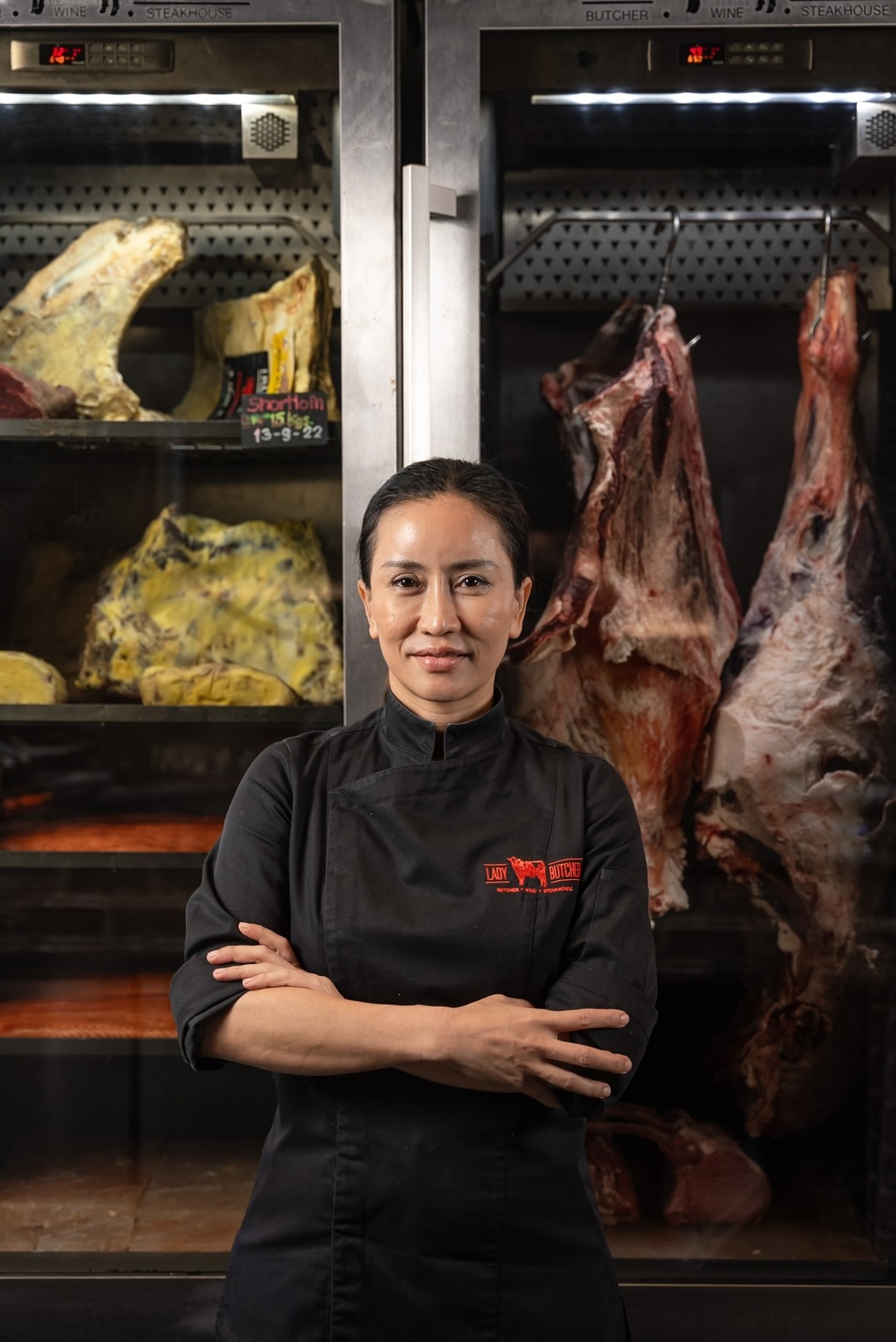
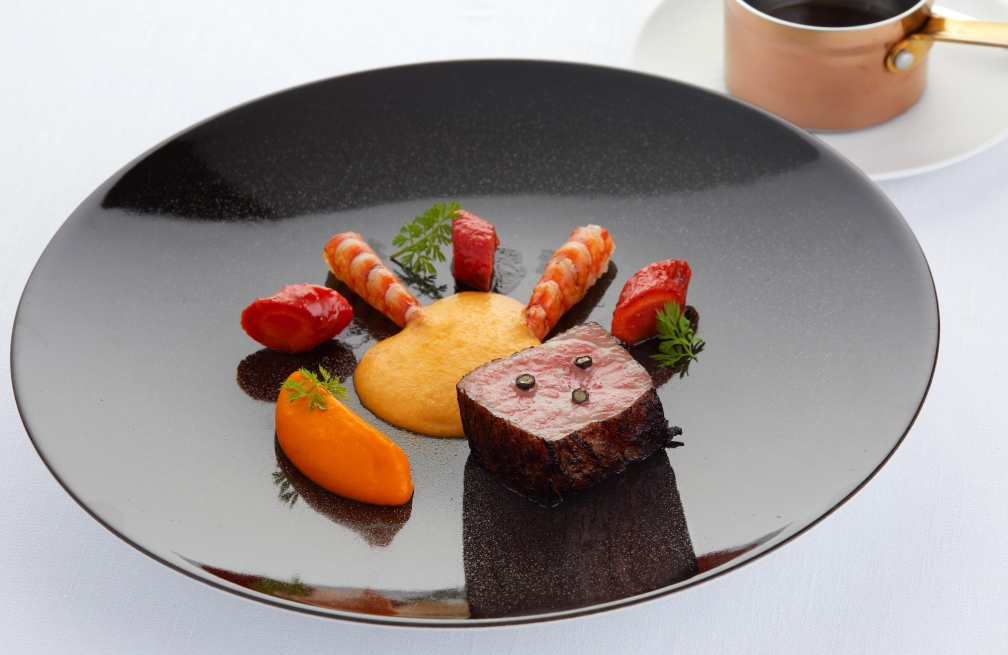
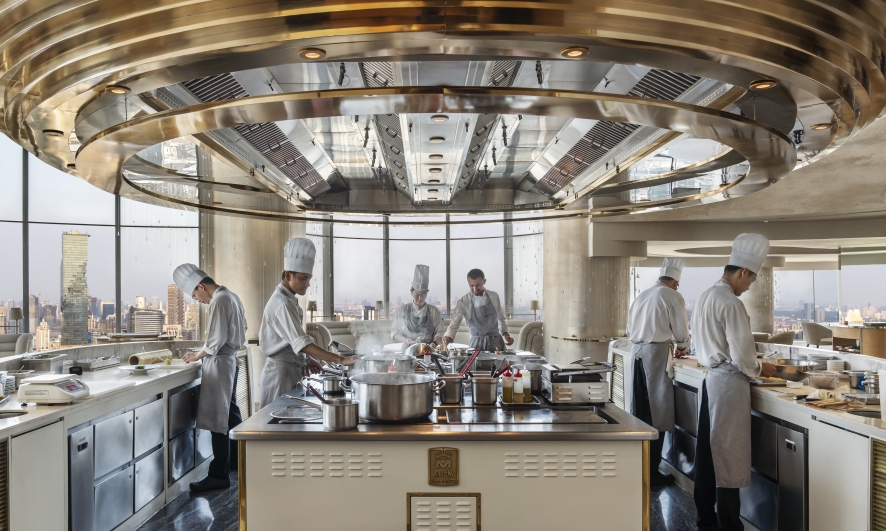

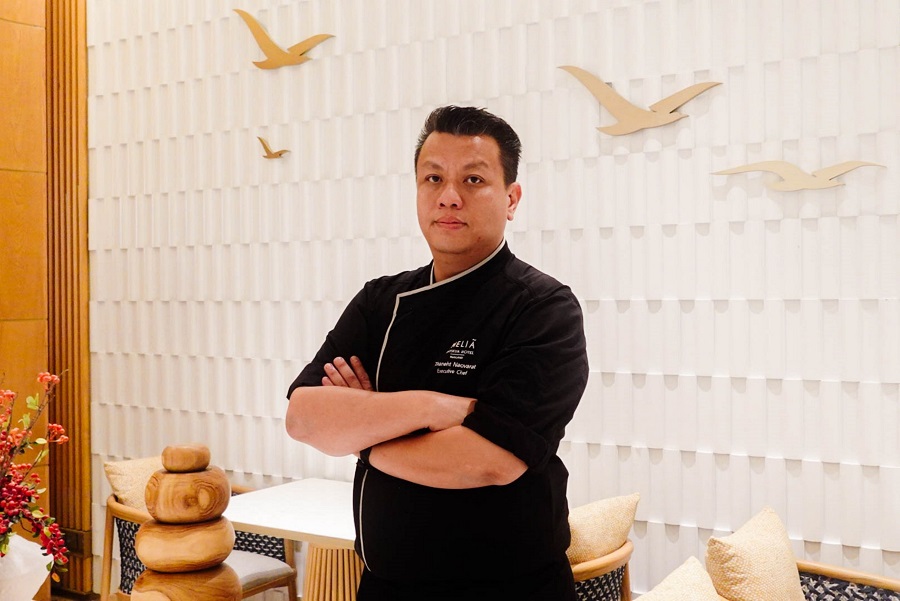






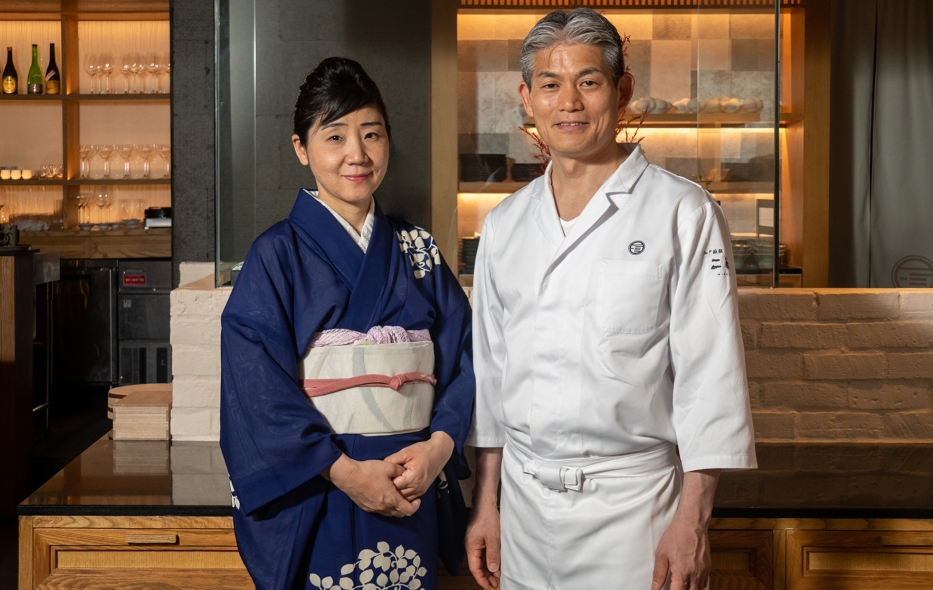


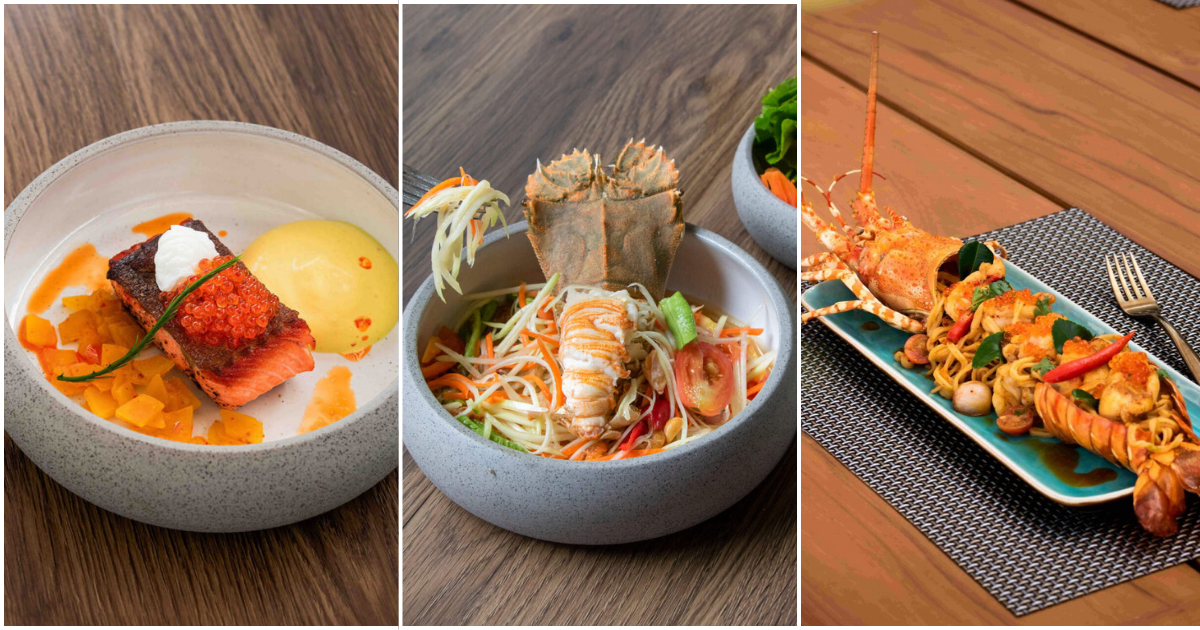

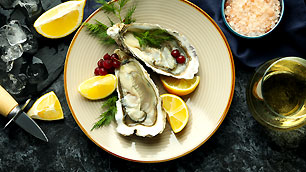 Must Try Foods
Must Try Foods
 Gastronomy Cities
Gastronomy Cities
 Chef's Talk
Chef's Talk